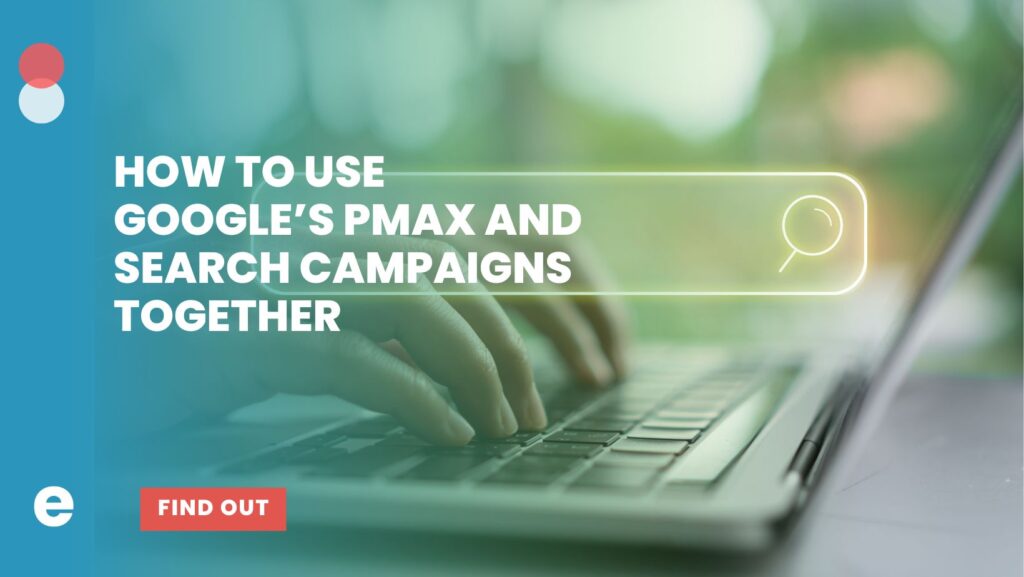The digital marketing RFP process is a time-intensive process, though often necessary when making a big decision and financial commitment. Previous methods, however, may not be the best approach when dealing with today’s ever-evolving world of digital marketing. By asking the right questions and honestly ranking your organization’s needs and wants, you’ll identify True North KPIs that will gain internal alignment and set the initiative in the right direction from the beginning. So, while you’re in the planning phase, here are some things to think about:
1) Be goal driven.
Instead of thinking through the “tactical journey” of accomplishing whatever digital marketing “destination” you’re aiming for, leave room for multiple pathways to achieving your end goal. What do we mean by this? Your focus in your directives should be around attaining goals, and less concerned with process details. By allowing respondents to outline how they would approach your goals, you will perhaps see new (and possibly better or more efficient) ways to get what you are after.
2) Focus on ROI
You want to be honest and upfront when it comes to a digital marketing campaign or project goals. Prepare your digital marketing RFP by stating information such as:
- How does this marketing request impact the business?
- What are the expectations?
- What are the goals that need to be achieved?
- What metrics that will be measured?
- What return is expected from this initiative?
- How will this support other revenue-driving activities?
When you make it clear to potential marketing partners what your goals and ROI expectations are, they can more accurately craft a response that aligns with your overall goal. This saves everyone involved time and money, now and in the future.
3) Be open to new approaches
When it comes to digital, the tech stack, best practices for SEO and PPC campaigns – understand that these are evolving at a pace never before seen in marketing. This is where partnering with a digital marketing expert can really help you evolve your business forward if you will let them – so your RFP should embrace that. While there will no doubt be some hard requirements – be they technical, functional, platform-specific- be open to new approaches from your respondents. While you may find yourself comparing apples to oranges in your responses, you also open yourself to being pleasantly surprised at the strategic and creative thinking that some of the submissions provide. Some of them, in fact, may be so advantageous as to merit a second look at what you previously thought were non-negotiable requirements.
4) Think Agile
Digital is a living thing. It evolves constantly. We just asked you to be open-minded, bake this thinking into your RFP itself. Maintain flexibility; you don’t want an etched-in-stone annual plan. You want your plan to be more of a roadmap, with opportunities to evolve as data insights develop, new technology emerges, and business needs change (because you know they will). Recognize a flexible plan as positive, and always encourage sandbox thinking in your RFPs.
A well-crafted RFP – one that focuses on current and future considerations in the digital marketing space – can be used to accomplish so much more than simple solicitation of potential marketing partners. By focusing on your business goals, your true KPIs, and avoiding the pitfall of paying too much attention to process and tactics, you’ll not only reap valuable data and insights from players who know this field intimately, but you’ll also find the best digital partner for your business.
If you would like to discuss your digital marketing RFP, please reach out and we’ll schedule a time to talk!


